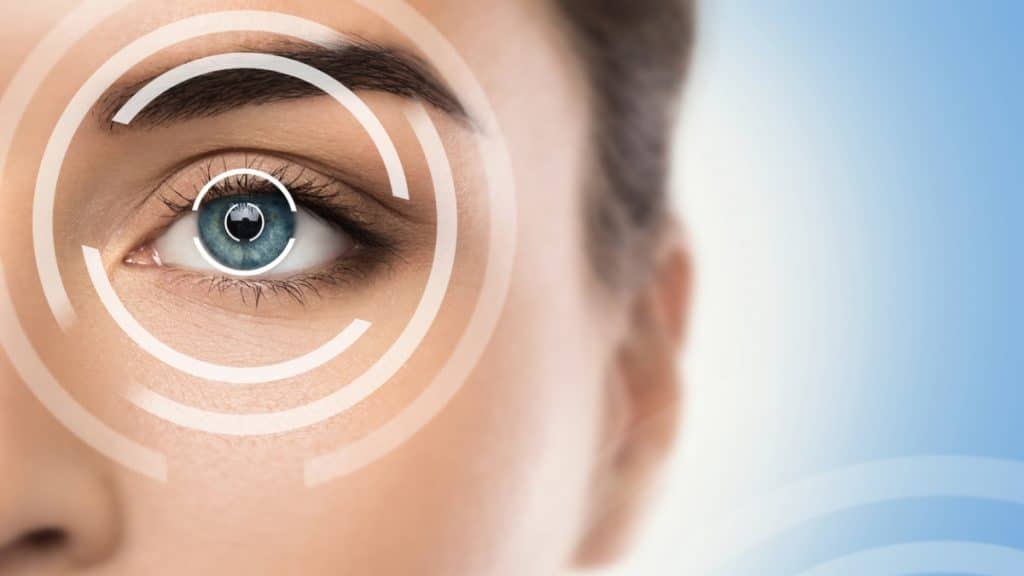LASIK eye surgery in Dubai is an accessible and trusted option for resolving and correcting eye refraction errors caused by an irregularly shaped cornea, such as myopia (nearsightedness), hyperopia (farsightedness) and astigmatism.
LASIK is one of the strategies you can use to attain clear eyesight, an alternative to the more common prescription eyeglasses and contact lenses, including orthokeratology or ortho-K, which uses tailored contact lenses to reshape or mould the cornea at night so it assumes the correct shape or curvature in the daytime. It is a highly successful procedure, with a review of the literature pegging average patient satisfaction worldwide at 95.4%.
However, like any procedure, laser-assisted in situ keratomileusis is not for everyone. There will be individuals whom LASIK will benefit immensely, but there will also be others who will not meet the minimum criteria to qualify for the procedure.
Here’s a closer look at instances wherein LASIK is a good fit.
1. You have a refractive error LASIK can fix.
Clear vision requires that light rays entering the eyes be focused on the retina, where the photoreceptors are. The cornea is a big part of this process, as its shape determines the degree of refraction.
- When the cornea is too flat, the light focuses behind the retina and causes farsightedness or hyperopia.
- When the cornea is too steeply curved, the light focuses in front of the retina, leading to nearsightedness or myopia.
- When the retina is irregularly shaped, it focuses light in two points instead of one, and these two focal points can be any combination of in front, behind, and on the retina.
LASIK is a corrective procedure for refractive errors that may be treated by correcting the curvature of the cornea. It can work even if it’s not the shape of the cornea that is the problem but the length of your eyeball. For instance, if your eyeball is too long (measured from front to back), causing myopia or nearsightedness, strategically flattening the cornea through LASIK may correct focus.
Note on LASIK for presbyopia: Presbyopia is another refractive error caused by the lens (which contracts and expands to help focus light) becoming less flexible due to ageing. LASIK is typically not indicated for presbyopia, but it may still be used.
Monovision LASIK involves performing LASIK on one eye so it becomes your far-vision (farsighted) eye and leaving the nearsighted eye alone so it remains your near-vision eye. Blended vision LASIK entails using LASIK on both eyes. One eye is corrected for far sight, while the other is corrected for near sight.
2. You have stable vision.
If your prescription has stayed the same for at least 12 months, you may be a good prospect for LASIK. Significant prescription changes in the months leading up to your consultation date might suggest underlying issues.
For instance, hormonal changes due to pregnancy or breastfeeding or a growing eyeball due to ongoing eye development means your vision is likely to change or will continue to change. Any gains from LASIK at this point will be temporary.
3. You are old enough.
LASIK is indicated for adults. Younger patients are still developing (e.g., their eyeball may still be growing), and this can lead to vision changes later on. You must be at least 18 years old — much better if you’re 21 — to ensure any physical changes that may affect your vision have stopped.
4. You (and your eyes) are healthy.
Your eyes must be healthy. Actively infected (e.g., conjunctivitis) or inflamed eyes cannot be operated on. Dry eye syndrome? That will disqualify you from the LASIK procedure unless you can get your symptoms under control. How about glaucoma? Your doctor may operate after careful assessment. Glaucoma and LASIK are not contraindicated, but your doctor cannot operate on your eyes if ocular pressure is not under control.
You must also be in fairly good health to ensure your cornea can heal well after LASIK surgery. If you have diabetes, consult your doctor to ensure your blood sugar levels can be (and remain) under control. Autoimmune diseases may also make you ineligible for the procedure because of the risk of complications like infections, eye dryness and corneal melting (particularly among patients with rheumatoid arthritis).
5. You have a healthy cornea.
Your cornea must be thick and strong enough to be operated on. You can’t have LASIK if you have keratoconus, which is characterised by a cornea that gets progressively thinner, so it starts to bulge outward and assume a conical shape.
If You Can’t Have LASIK
If you’re ineligible for LASIK, you have other options to try. They include prescription eyeglasses, contact lenses, and ortho-K, as mentioned earlier. There are also surgical alternatives to LASIK, including:
- PRK (photorefractive keratectomy): PRK is a flap-free procedure ideal for thin corneas.
- ICL (implantable collamer lenses): ICL inserts prescription lenses behind the iris and in front of the lens. It’s suitable if you have a very high refractive error.
- RLE (refractive lens exchange): RLE replaces the natural lens with an intraocular lens. It can treat presbyopia, early-stage cataracts, and other vision problems caused by an issue with your natural lens.
A consultation with an experienced ophthalmologist in Dubai can help you understand which procedure fits your vision needs and lifestyle best. While LASIK is an excellent option for many, it’s still not for everyone, so consult an eye doctor to learn about your eye condition and get a recommendation for LASIK or another treatment option.
